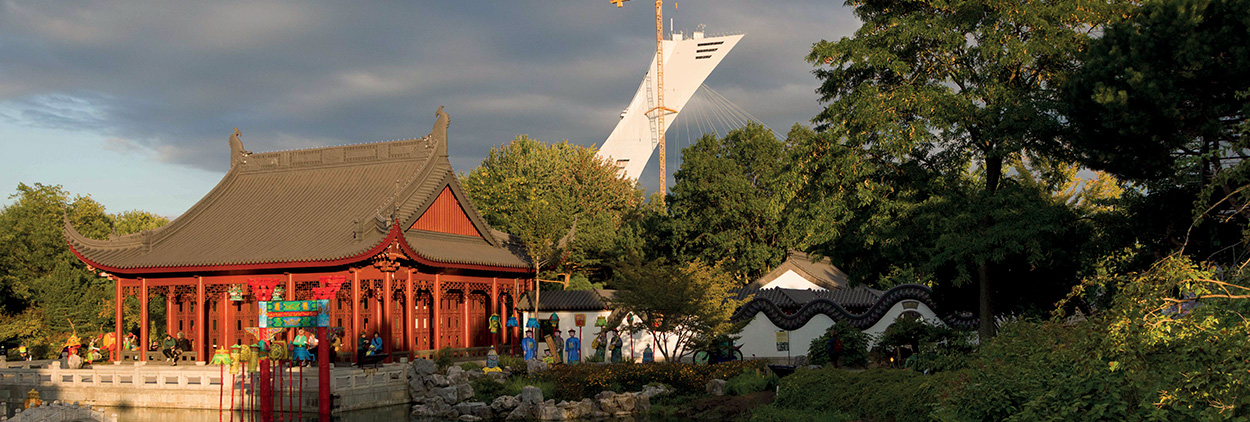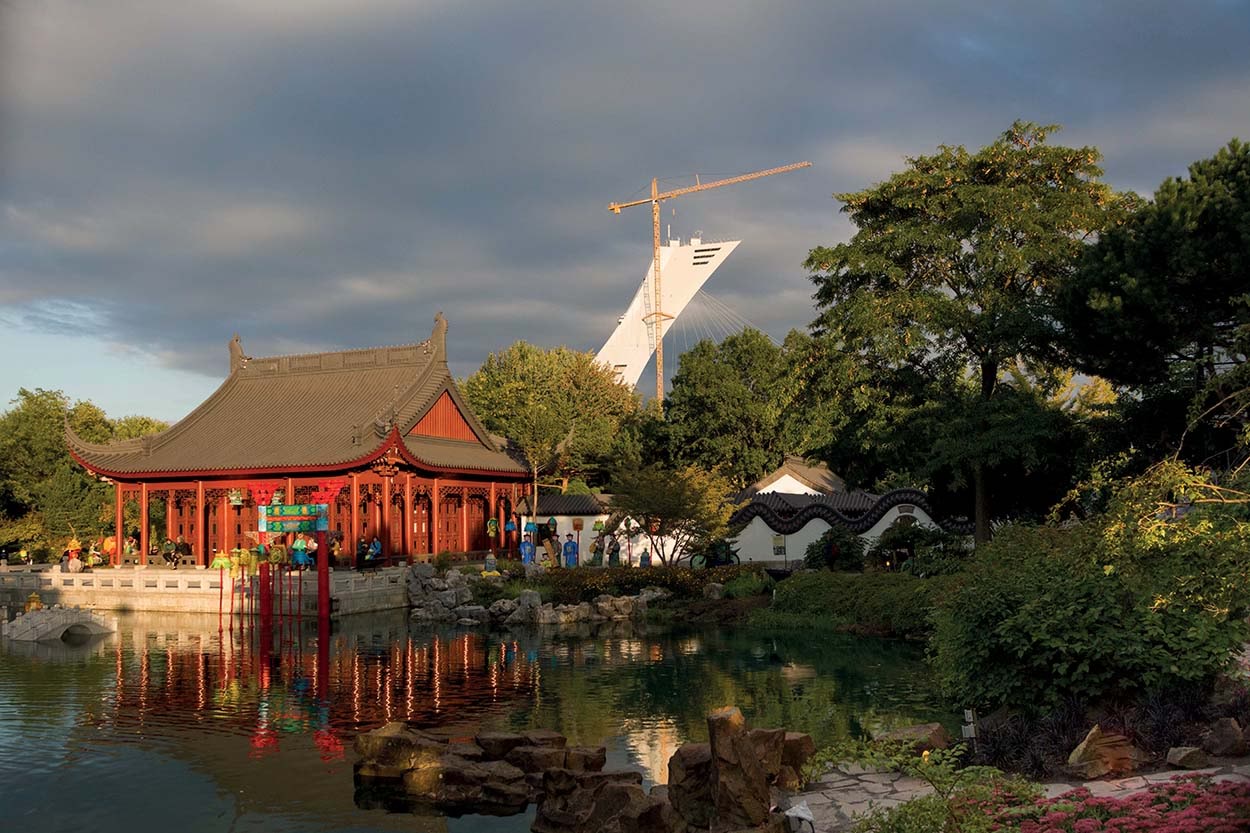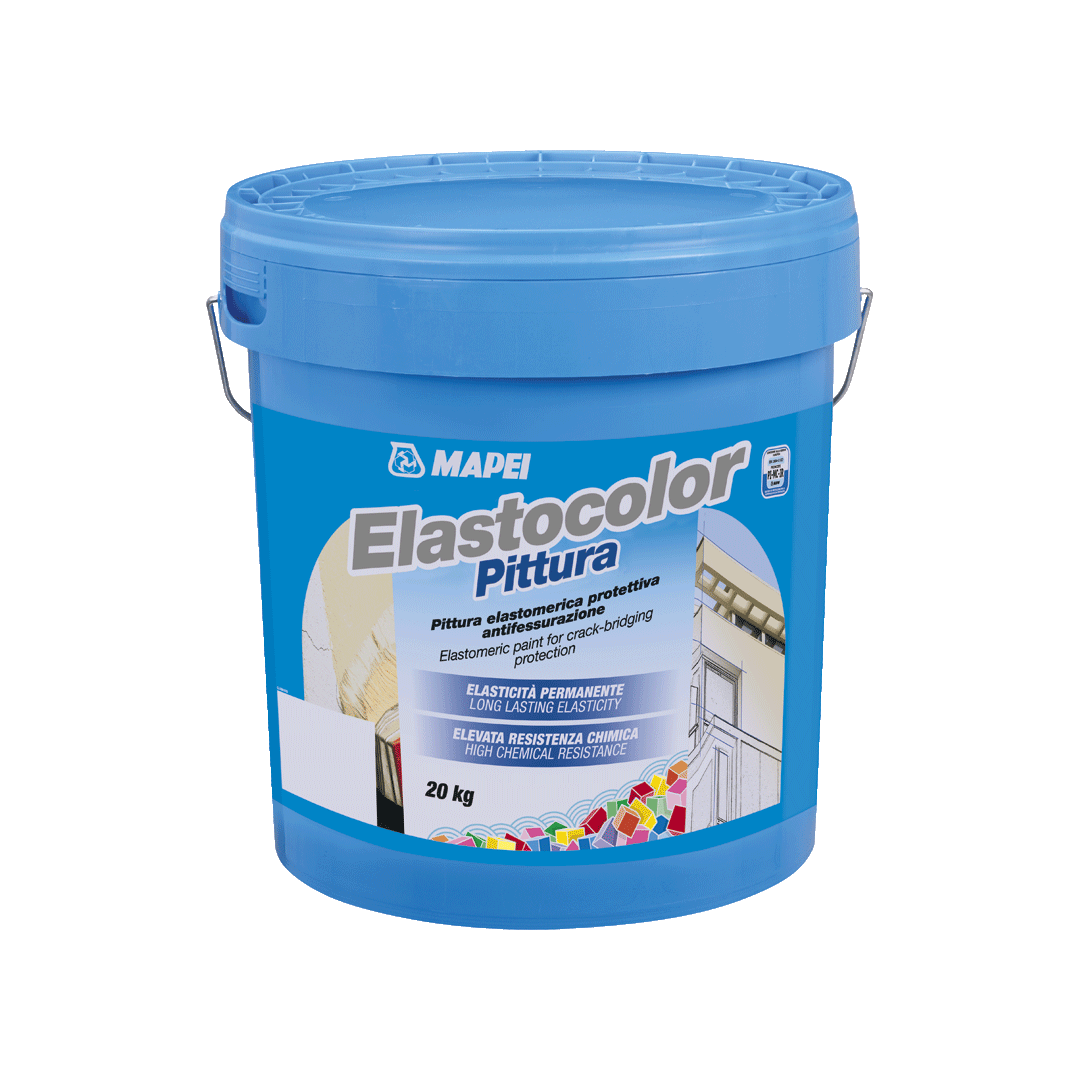
Jardin De Chine
Restoration of a thematic garden – a combination of modern technology and craftsmanship.
The suggestion of the Great Wall of China lives in one of the most important botanical gardens in the world, built in 1991 by around 50 artisans brought over especially from China and recently restored thanks to Mapei products.
The Jardin Botanique de Montréal (Montréal Botanical Garden) is considered to be one of the most important botanical gardens in the world, thanks to its collection of more than 20,000 different types of plants and cultivars, 10 greenhouses and 30 thematic gardens open to the general public. The garden extends over an area of 75 Hectares and, in 2008, was officially designated a National Historic Site of Canada.
Founded in 1931 by the landscape architects Henry Teuscher and Frederick Gage Todd, the Botanical Garden receives around 2 million visitors every year. Inside the garden there is also an Arboretum, a Rose Garden, a Japanese Garden, an Insectarium, the House of Trees and a Chinese Garden (Jardin de Chine). The Chinese Garden was created in 1991 by around 50 artisans brought over especially from China, from the Shanghai Institute of Landscape Design and Architecture.
The Jardin de Chine covers around 2.5 hectares. Its plantings were created along the lines of a traditional garden of the Ming Dynasty. The art of gardening in China was first established during the Ming and Qing Dynasties, when the emperors and the noblest families invested enormous amounts of money and effort to create the most refined gardens. The garden has several paths running through it, as well as an artificial mountain and a residential building in Chinese style, which houses a collection of Japanese and Chinese bonsais donated by the government of the People’s Republic of China.
The project to build the garden required 120 container ships full of plants and construction materials imported from Shanghai, including 500 tonnes of stone from Lake Tai in the Province of Jiangsu.
RESTORING THE GARDEN
More than 20 years after it was first created, the Jardin de Chine needed to be restored, starting with the roofs of the buildings in the garden. Mapei Technical Services was contacted to work alongside Jean Bouvrette, and the project manager, Richard Robillard from the City of Montréal. The same artisans who created the original garden in the 1990s returned from China to help with the restoration work.
The schedule for the restoration work had to be strictly adhered to, so a great deal of importance was given to choosing the products used. Fast-setting properties, ease of application, plus the ability to withstand Québec’s harsh winter weather conditions were key selection criteria.
Mapei products were used to address a number of repair issues during the restoration of the Jardin de Chine at the Montréal Botanical Garden. As each challenge arose, the restorers turned to their Mapei representatives, who provided solutions for reconstructing areas of the roofs and garden walls, repairing and setting terracotta tiles on the roofs and providing a protective coating with ELASTOCOLOR COAT.
In detail: the roofs of the buildings were rebuilt by applying a one-inch coat of PLANITOP 12 SR fibre-reinforced mortar, which is resistant to tensile loads and abrasion, directly on the metal sheeting of the roofs. The terracotta tiles imported directly from China were installed over the surface made from PLANITOP 12 SR using MAPECEM 202 rapid-setting cementitious mortar. MAPECEM 202 was the ideal solution due to the thickness needed to secure the curved tiles in place. The jutting gutters around the roofs, typical of Chinese architecture, were installed in some of the areas of the roofs with MAPECEM 202, while in other areas GRANIRAPID SYSTEM was used. Every border tile was installed with GRANIRAPID System in order to accelerate the installation of the ajdacent roof tiles. The artisans needed a product that would provide a firm bond with an extremely quick set capability, and GRANIRAPID was the best solution.
The roof tiles needed to be repainted because quite a number of them were damaged when they arrived from China. Mapei Technical Services proposed using ELASTOCOLOR COAT, a high-yield acrylic coating product used to decorate and protect surfaces. This product is available in a vast range of standard colours and a limitless number of tailor-made shades. It forms a waterproof film that provides excellent resistance to environmental conditions over the years. The use of ELASTOCOLOR COAT as the finish for the roof received the seal of approval from both the client and the Chinese artisans.
The walls surrounding buildings, temples and cities are very important features of typical Chinese landscapes because they offer protection and cover from the outside. The walls surrounding the Jardin de Chine needed to be restored and protected against the elements. To restore the wall to its original white colour, it was recommended to use the pastel tint base of ELASTOCOLOR PAINT, an acrylic-based paint which is waterproof and impermeable to aggressive agents present in the surrounding air.
The surface of the wall and its decorative oval features are similar to those seen on the Great Wall of China.
The damaged areas were removed and then repaired with PLANITOP XS fibre-reinforced mortar, which is resistant to compressive and flexural loads, while the decorative features were bonded to the surface using MAPECEM 202. All these products are distributed on the Canadian market by Mapei Inc.
The City of Montreal and Chinese artisans who carried out the work were highly satisfied with the end result and highly praised the quality and reliability of the Mapei products recommended for the work.
For further information see www.mapei.ca










